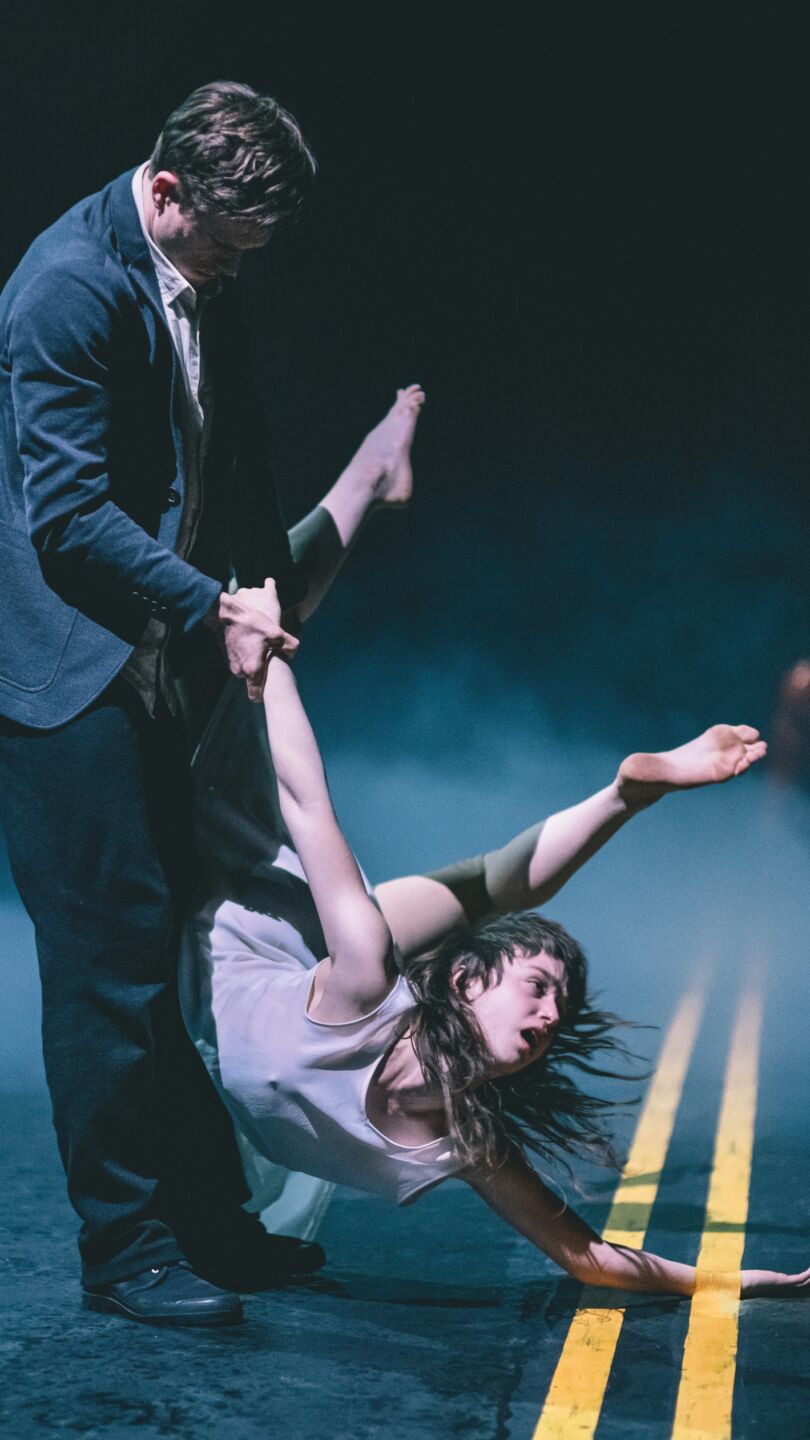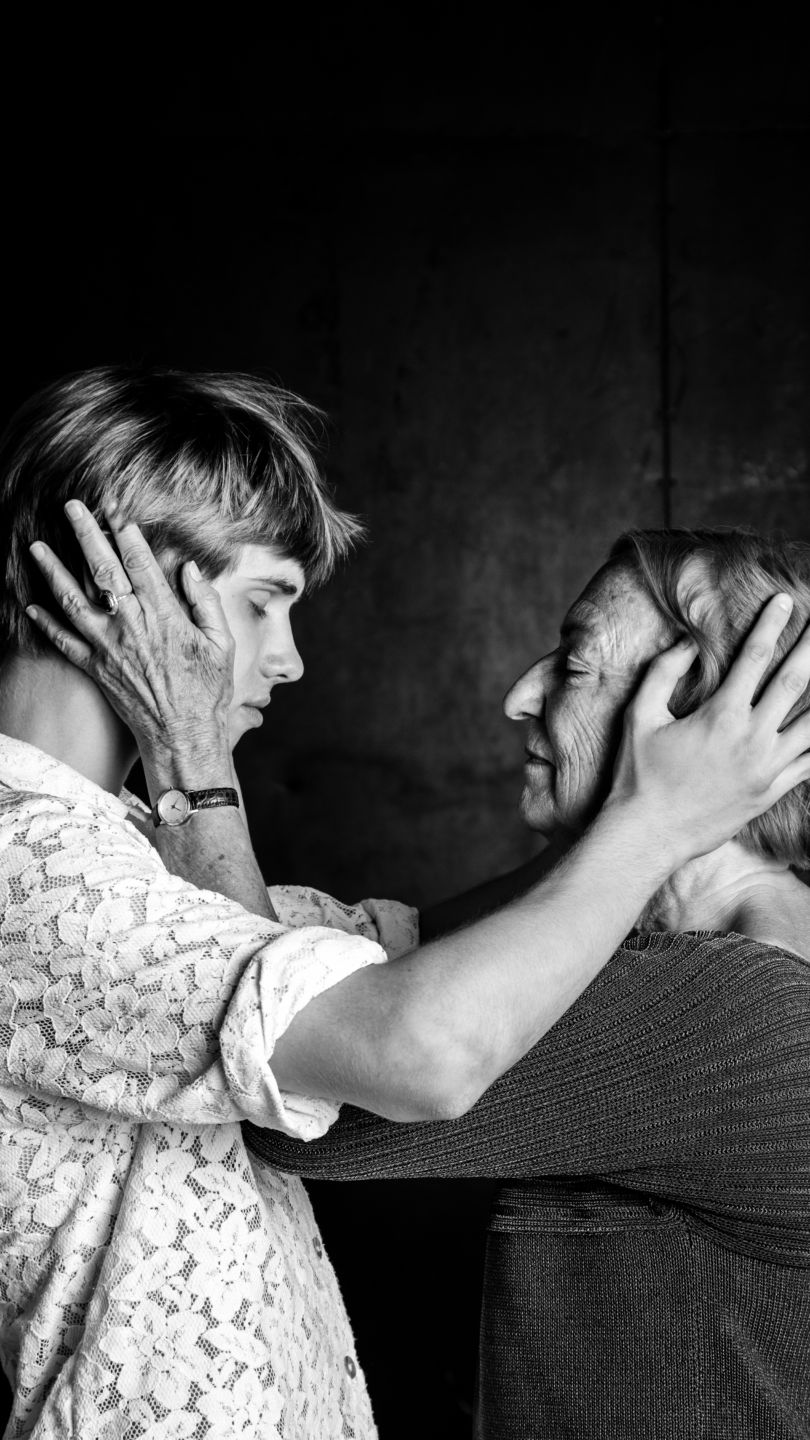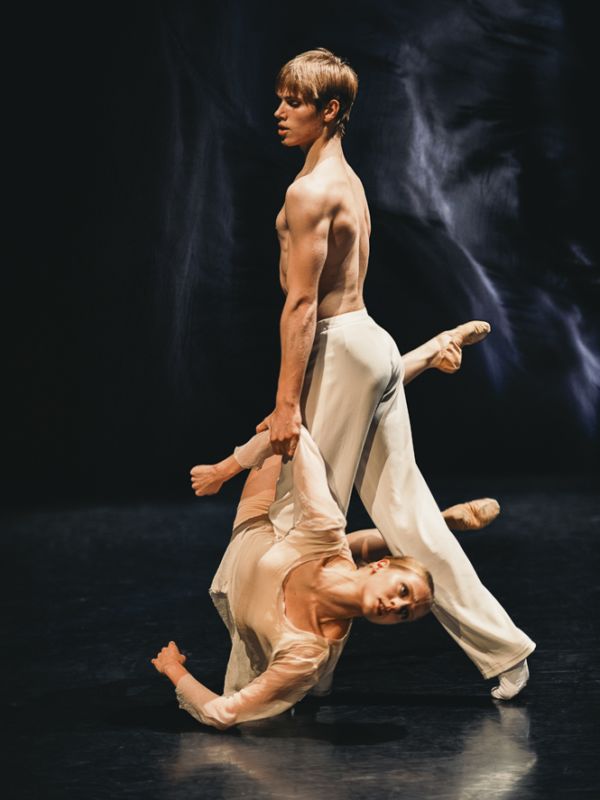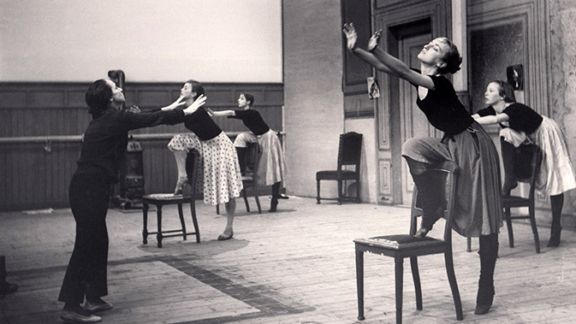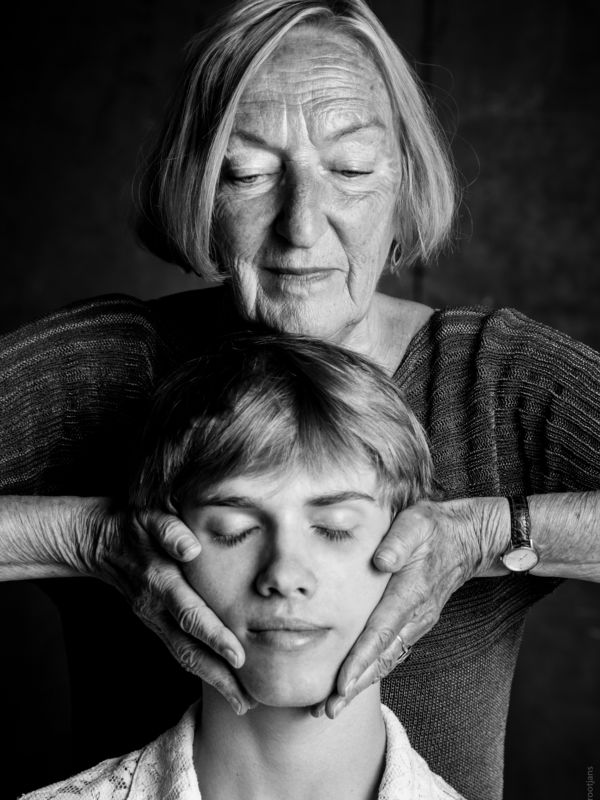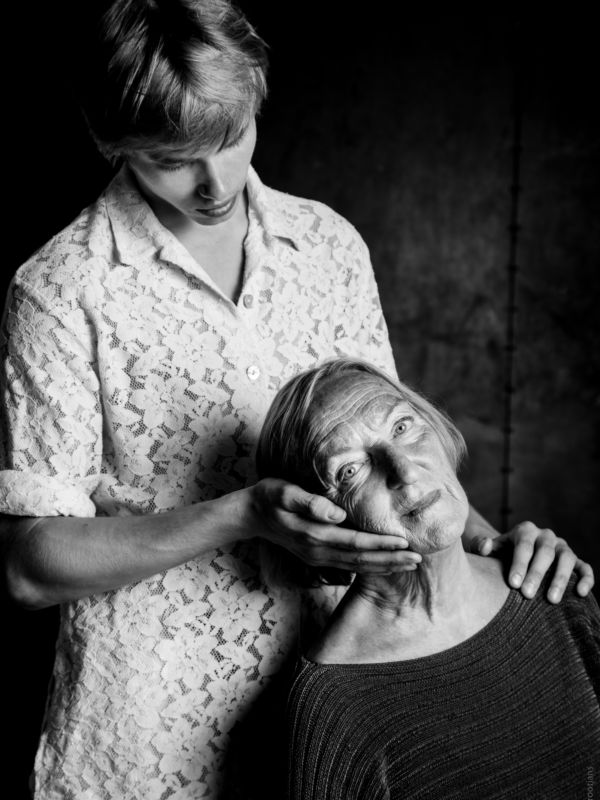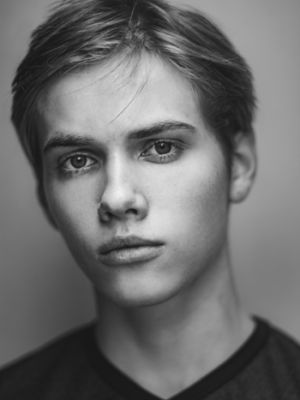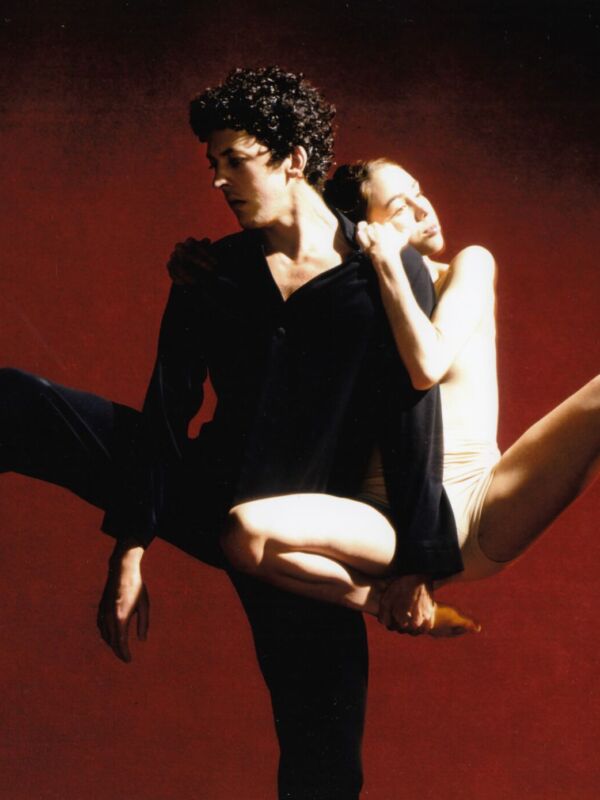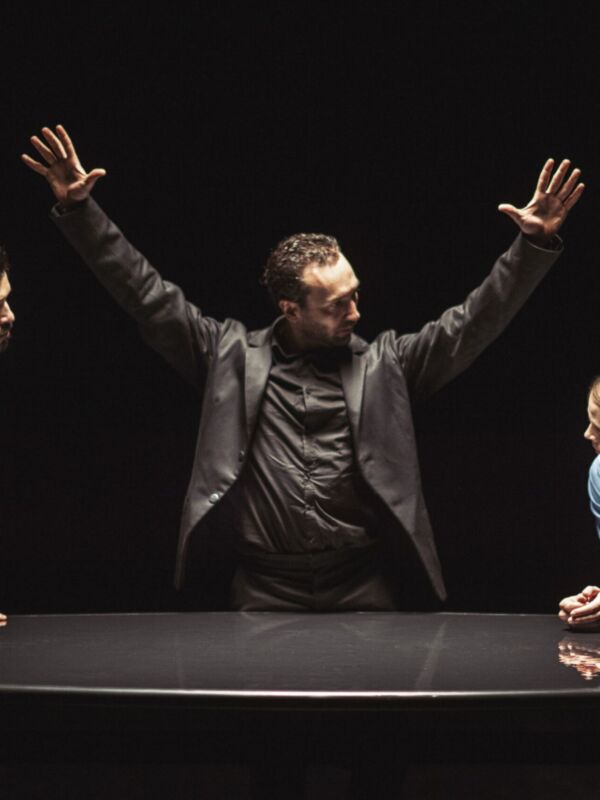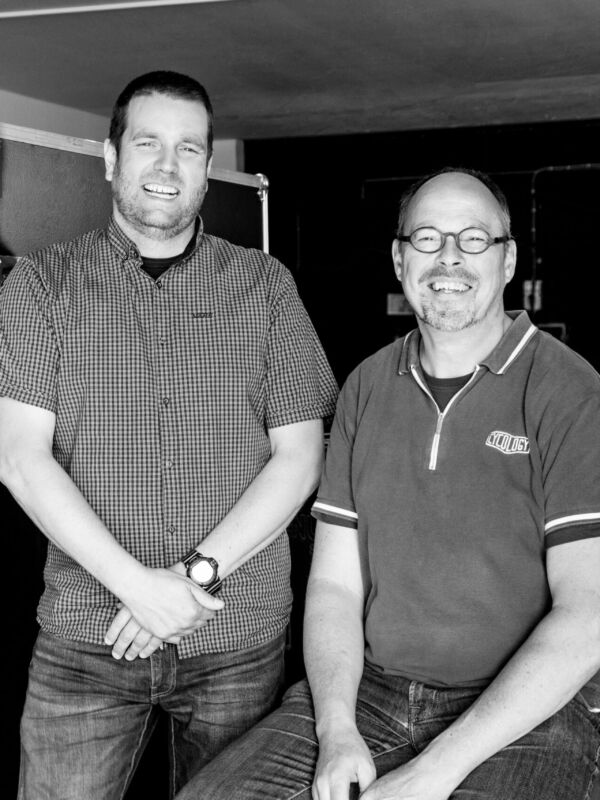Interview with Martinette Janmaat and Toon Lobach
text: mirjam van der linden
phOTOs: Sacha grootjans
Martinette Janmaat and Toon Lobach, from the oldest and youngest generations of NDT dancers, meet as a part of the sixtieth anniversary of Nederlands Dans Theater.
It’s a hot afternoon towards the end of June. Although they are becoming overshadowed by the OCC, the Onderwijs en Cultuurcomplex, which is being built, at the Spui in The Hague, the rear part of the Lucent Danstheater that houses the Nederlands Dans Theater (NDT) is still standing. Martinette ‘Pietje’ Janmaat (80), one of the first NDT dancers, who was the artistic leader of the Moderne Theaterdans course in Amsterdam, feels that it is a substantial loss. “As the first theater in the world especially built for dance, Rem Koolhaas’ Lucent Danstheater was unique.”
